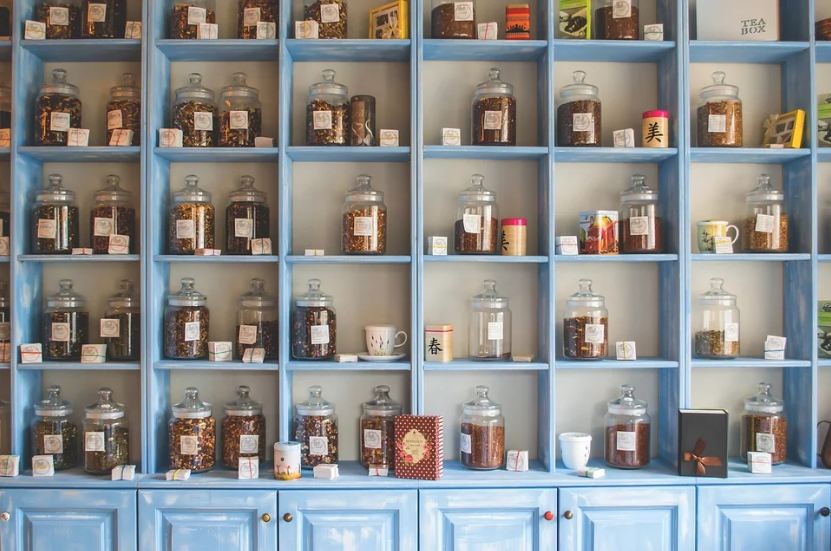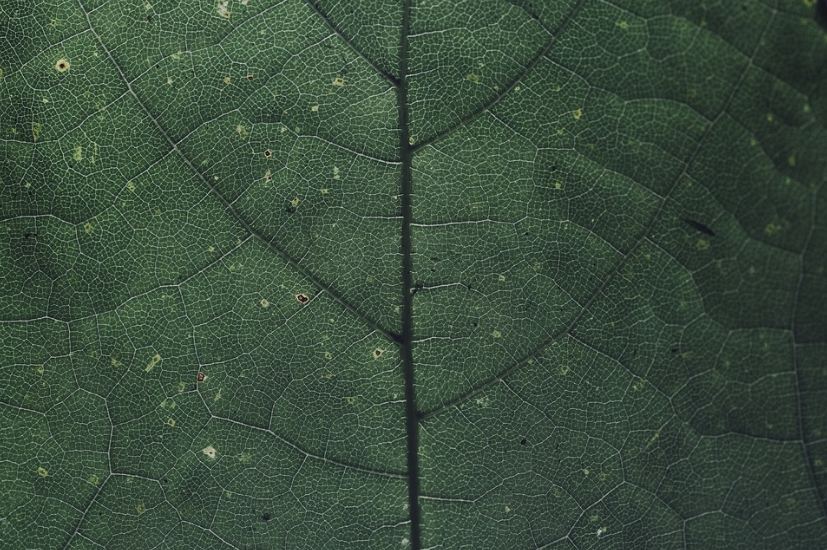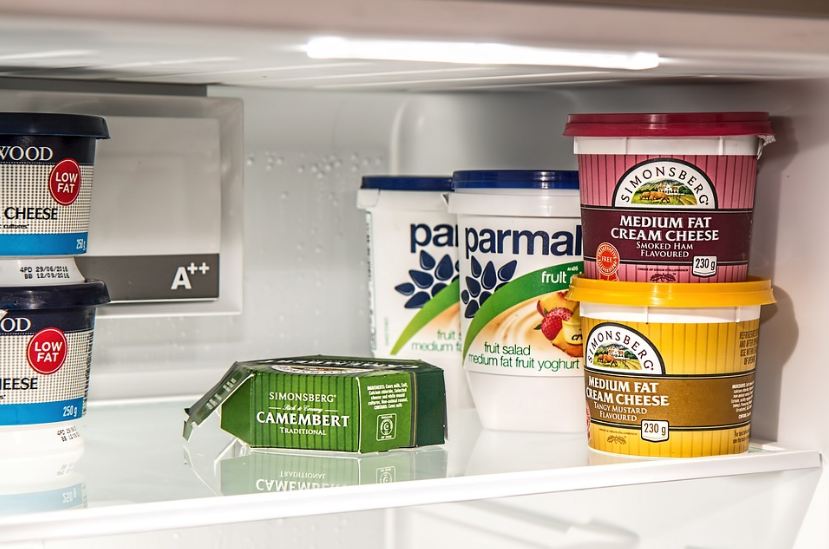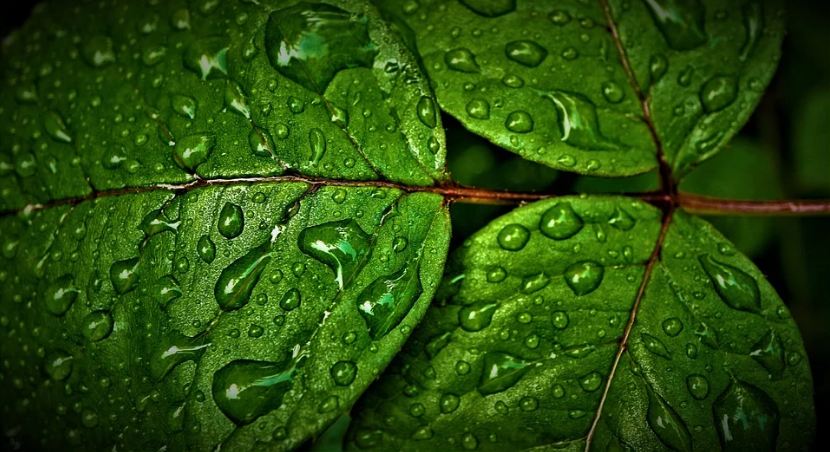Do you know teas can get stored in a variety of ways?
You may have seen people storing the tea in an airtight container and a dark, cold, dry spot away from aromas. The reason behind it is that you can finish the tea before the scent or taste deteriorates. You could be wondering why the flavor or aroma fades? It’s because as soon as the plant’s leaves get removed, the plant starts to decay slowly.
When we speak of a tea decaying, we are mainly referring to oxidation!
You may have a question that if they start to oxidize then, how do we process Teas? Well, it is because they are not allowed to decay throughout the manufacturing process. Moreover, teas that aren’t extensively oxidized during the processing oxidize later.
The continuing oxidation gets considered a dangerous form of degradation. It is because these teas get regarded for their liveliness and lack of oxidation. Green teas, yellow teas, and some white teas fall into this category. Moreover, there is substantially less chance for oxidation to persist in teas that are allowed to oxidize throughout manufacture, mainly which exist purposefully extensively oxidized.
If you notice, further oxidation of these teas will be much more difficult to detect in the cup. Black teas and extremely oxidized wulongs are examples of this.
Aged Tea
What about teas that are aged? Do you think it is a unique tea storage case? Yes, in a word!
The purpose of aging tea is to enable it to evolve to improve its flavor. The way these teas are stored determines how they get matured.
Always remember that aging tea is synonymous with storing tea.
1. Storage of Hermetic Seals
Storing the tea in an airtight container, the ambient oxygen in the container allows the tea get progressively oxidize. Wulong teas exist standardly stored in an airtight container and aged for several years.
2. Non-Hermetic Seal Aging
Puer (and other fermented teas) are usually not protected from moisture. Instead, to impact aging during storage, a controlled degree is used. The raw leaves used to make Puer are frequently maintained at a lower temperature so that the oxidative enzymes in the leaves are not completely denatured. This way of fixing allows for more oxidation in the future.
Tips to Store Other (Ageless) Teas
So, what should we do if we don’t intend to age our tea but merely want to keep it fresh? Storing the tea is the best option. However, there are standard ways to store tea. Below are some tips for storing ageless teas
1. Keep The Tea Oxygen-Free
The first tip from the tips to store teas is to keep the Tea oxygen-free. The reason is that tea leaves oxidize with time as they get exposed to oxygen!
Even when stored in an airtight container, air can still get between the leaves and the top. Airtight does not guarantee oxygen-free.
Some teas get sold in vacuum-sealed bags; for example, ball-style wulongs get frequently packed in this fashion. Vacuum sealing tea leaves is a terrific way to keep them fresh for a long time.
This procedure, however, may only be employed with sturdy leaves. A delicate leaf will get crushed if vacuum sealed! It is why wulongs in the ball type are ideal for vacuum sealing.
The packets might get washed with nitrogen before being sealed for more delicate teas. Because the leaves do not exist exposed to oxygen, they do not decompose over time.
Another alternative is to utilize oxygen-absorbing packets, which are typically iron and salt-based. The remaining oxygen oxidizes the iron in an airtight container, causing it to rust. The oxygen-absorbing packet can no longer collect oxygen once all of the iron has oxidized.
These packets are only appropriate for long-term storage because opening and shutting the container allows oxygen to enter, rendering the packet worthless after a short period.
2. Store The Tea in A Heat Free Place
Try to keep the packages in a heat-free place!
Low-level heat accelerates oxidation, but high-level heat prevents it. Cold temperatures significantly slow the oxidation of various green and yellow teas. So they’re best kept in a heat-free place such as a freezer or refrigerator. However, to avoid condensation on the leaves, it gets done appropriately.
Repackage the tea into little packets so that your supply lasts longer. After opening, use a package within a week!
Before freezing the bundles, squeeze out as much air as possible; any air will condense and cause moisture to form on the leaf surface. Of the most important things to keep in mind is that whenever you take out a frozen tea, do not open it until it has melted or is acquainted with room temperature.
As the leaves warm up to room temperature, this will prevent any condensation from forming.
3. Keep Your Tea Away From Strong Odors
Tea leaves absorb the aromas of their environment. It is advantageous in the manufacturing of fragrant teas like jasmine. The leaves are stored close to jasmine blossoms, resulting in a jasmine-scented tea.
However, if your tea leaves come into contact with foul odors, this same quality of tea might be harmful. It means that you should store your tea storage vessels in an area free of strong odors. Moreover, make sure that the tea contained should not have a strong scent!
Many wooden containers, airtight tins with strong-smelling rubber seals, and plastic containers can all leave your tea with a disagreeable aroma and taste.
4. Keep The Tea Away from Moisture
It’s no secret that when tea leaves get exposed to moisture, they shed their flavor. As a result, you don’t want your tea steep until you’re ready to drink it. It’s not as simple as keeping the leaves away from visible liquids to maintain your tea storage free of moisture. Tea is hygroscopic, which means it absorbs water from the air.
The standard approach to keep moisture out is to store it in an airtight container.
5. Always Store In Bulk
Although this is essentially a mixture of the first and fourth criteria above, it is worth mentioning. An almost empty airtight jar containing a smidgeon of tea in the bottom will decay more quickly than an airtight vessel filled with tea.
Keep your tea as fresh as possible by filling your storage jar as much as possible, shaking it to settle the tea, and then filling it again.
The less oxygen there is in an enclosed location, the more tea you can store there. With less air, the tea will have a harder time absorbing the fragrances of its environment.
Bottom line
It is not difficult to make tea. All you need to do is follow the instructions carefully. The article mentioned some tips to store tea which include keeping them moisture and oxygen-free etc. You’ll also learn some insider knowledge about aged teas.




